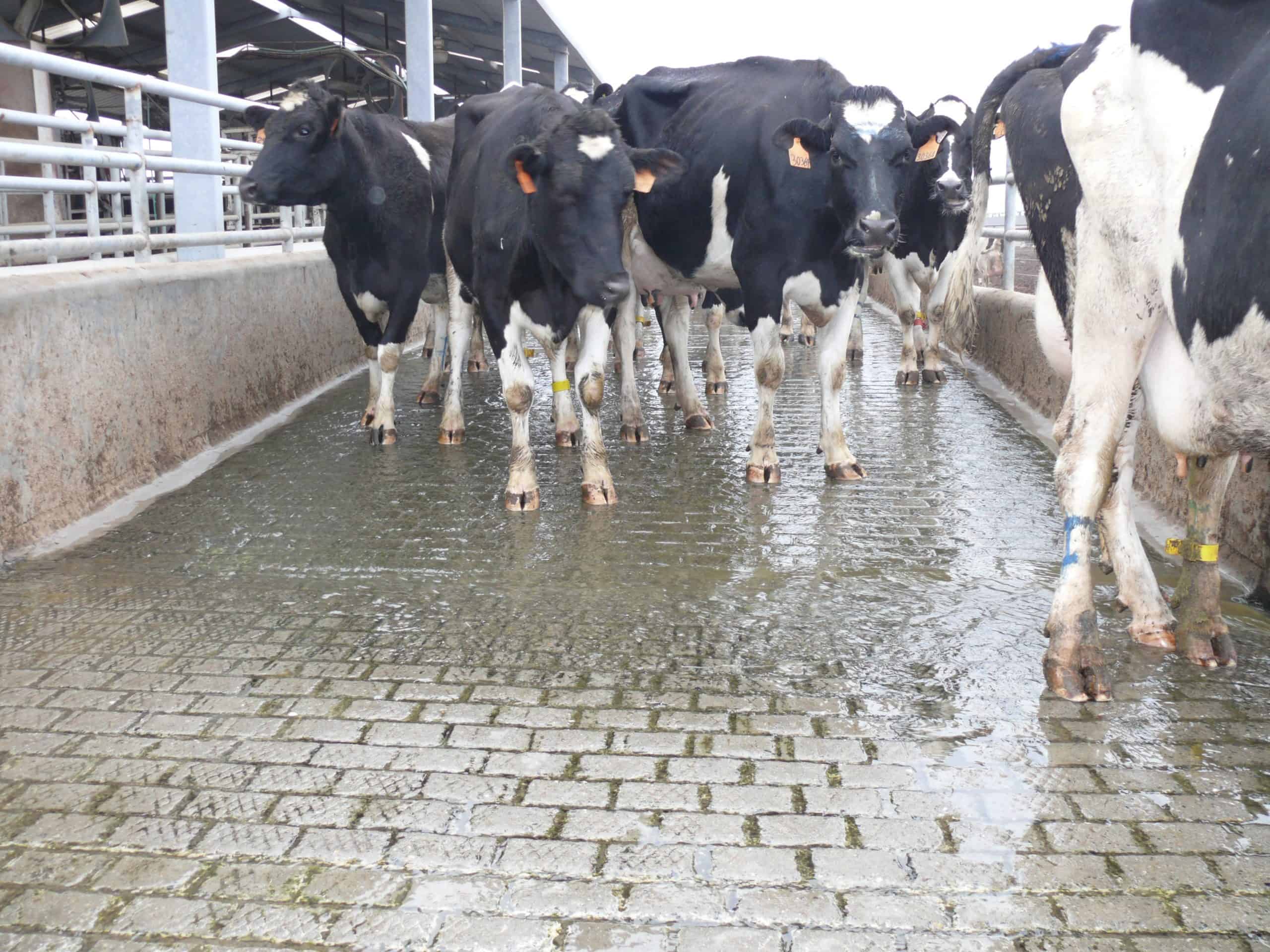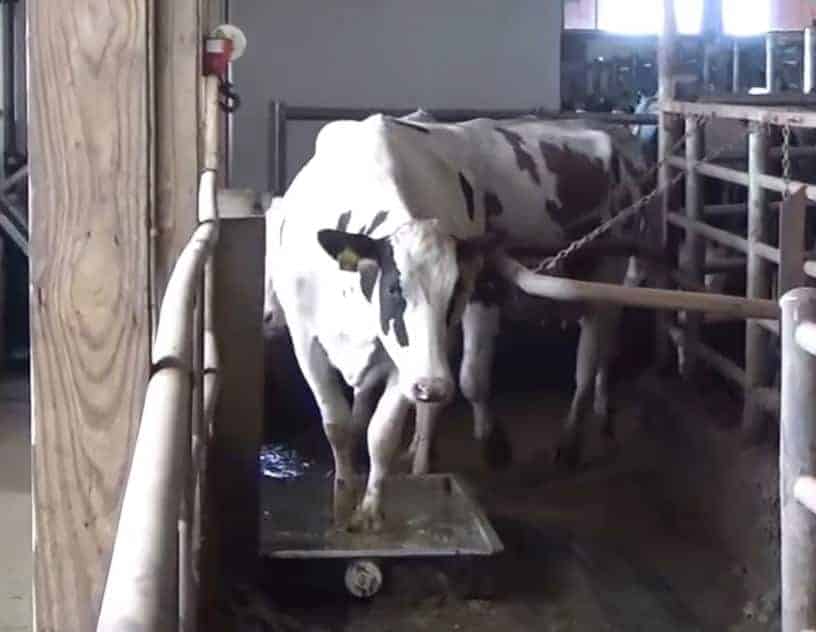

When a farm begins a footbath program, a lot of thought and evaluation goes into it. What chemicals to use, where to place the bath and the type of bath are all considerations.
On top of that, they must decide whether to use a footbath dosing system or to manually mix the solution, as well as who will be in charge of running the bath.
But there’s one decision many fail to add to this list: What time of day should you run the footbath? The most common idea is to run the bath when you have workers on the farm to run the bath. If you have workers on the farm, the odds the bath gets used, in theory, should increase. Now, most of the farms I work with run the bath during the day. However, a farm that previously had minimal wart problems started seeing some issues.
With this, I went to the farm to investigate what was happening. The farm was currently running product three times a week through a footbath dosing system to ensure the proper mixture was added to the bath each time. The product being used was one they had been using for over a year, and it had served them well by solving the previous wart problems they were experiencing. Their protocol was to run the bath during the second milking on those three days, which was peak time for workers on the farm.
Knowing this, I went to the barn where they had the footbath, and I set up my phone on a selfie stick, set it up to record the barn, and I sat down to watch the operation for an hour or so. From observing with my own eyes, I noticed:
As I sat there observing and troubleshooting, I thought my recommendation would be to increase the number of days the farm runs a footbath because, obviously, the current footbath program wasn’t working at the moment. I believe that is the number one conclusion most of us would assume. I then went around the farm to do a few more tasks and talked to the vet and breeder who were also on the farm at the same time, just to catch up. After a while, I went to retrieve my phone, which was still recording in the barn. I told the herdsman that I would come back again tomorrow to see if I could notice anything else before recommending any changes.
That night, I pulled the video up on my phone, put on my headphones, and watched the video to see if I missed anything or if I overlooked a detail in the moment. A few things I noticed were:
After watching the video and looking over all my notes, I had a new idea: Let’s try switching the footbath routine to the third milking.
My thoughts behind it were pretty simple.
I told the herdsman what I wanted to try, and he was on board to give it a shot. We agreed for the next month we would run the footbaths at night to see if we could get the warts under control with the same product and dosage. We didn’t need the labor to run the bath, as this farm was running a footbath dosing system which we re-programmed to fill and auto-replenish at night.
Because of this, we were confident the noise produced by the day shift would not be a factor. I told him I would be back in a few weeks to check on the operation, but if he noticed the issue wasn’t improving to call me and I would be over as soon as possible.
A month later, I returned to the farm about an hour before the night milking was scheduled to start. As I pulled up, the herdsman had a huge smile on his face and told me the warts were gone. He brought me right to the barn. We set ourselves up near the end of the alley, and then the cows started coming. The flow was smooth, the cows were going through the bath and getting proper dunks. No one was sprinting or standing in the bath, and the soil loading in the bath was reduced.
Also different from my last visit during the daytime, at night there were fewer people around and fewer tasks being performed around the barn. Vets, breeders, and trimmers are normally there during the day, not at night. Cows weren’t being moved around and sorted. Instead, they were able to just walk through the barn, through the bath, and to the parlor. No outside distractions, noise, or stress.
The herdsman was very pleased with the results and continues to run this program. Running the bath at night worked for this farm and improved their hoof health. Every farm has its own unique circumstances and variables that need to be considered. This is just one example where we made the switch and it was successful. It should be noted, however, that if you want to run a nighttime footbath, it is imperative that you have a footbath dosing system that will run the bath for you, or you will need to make sure you have an extremely reliable and trained worker running your bath to make sure it’s actually being run.
Article originally appeared on https://www.progressivedairy.com/topics/herd-health/how-a-nighttime-footbath-fixed-one-farm-s-digital-dermatitis-problem